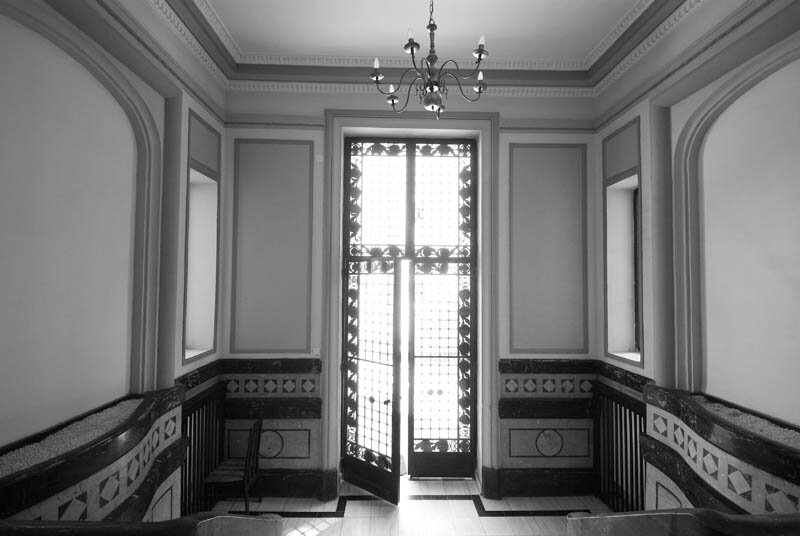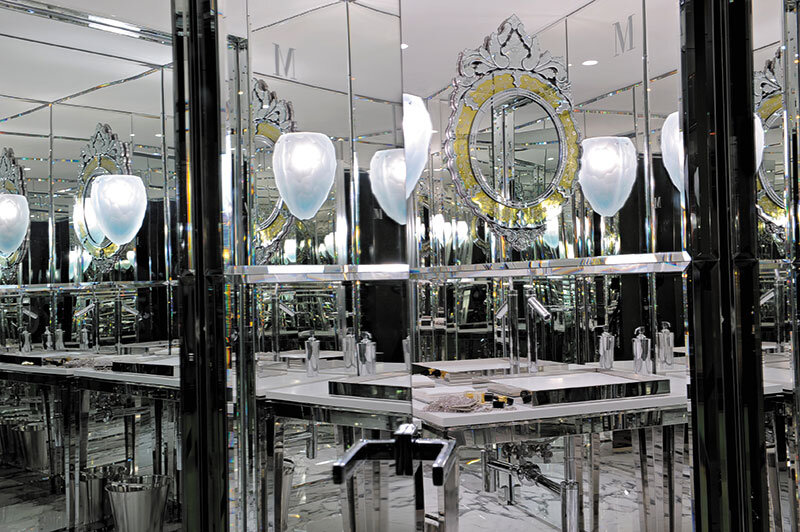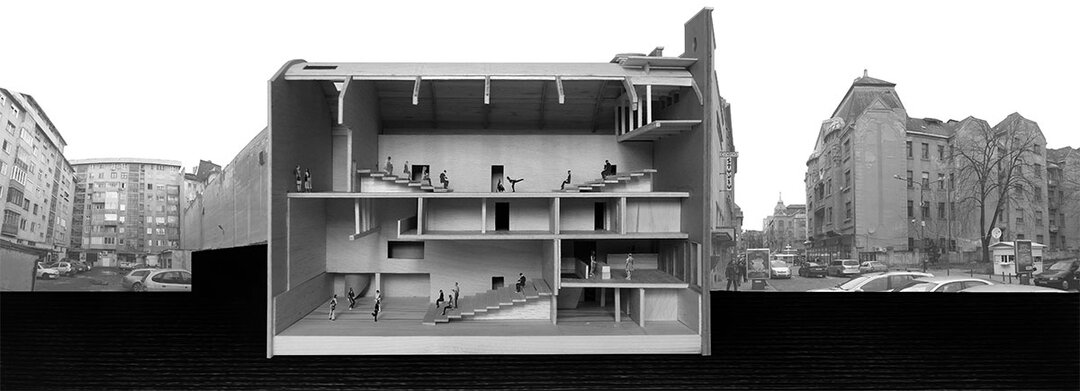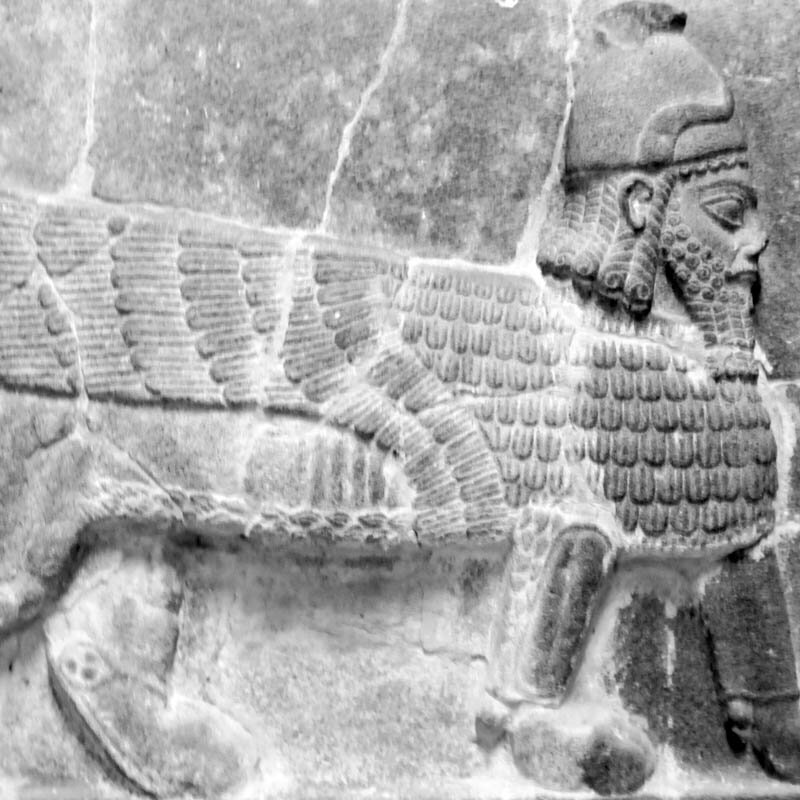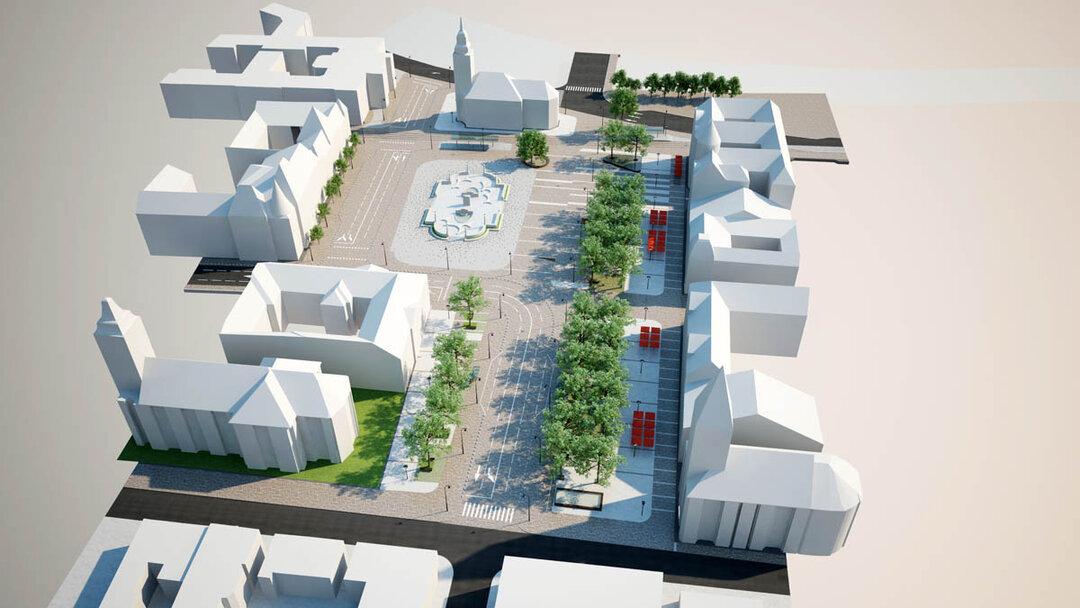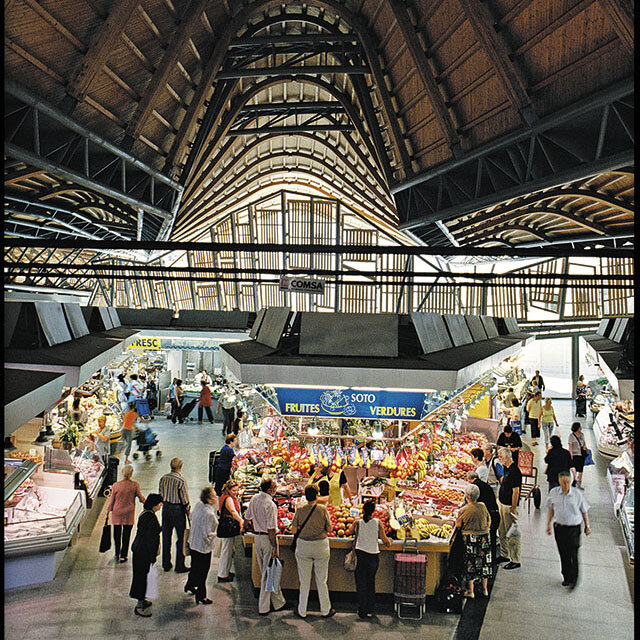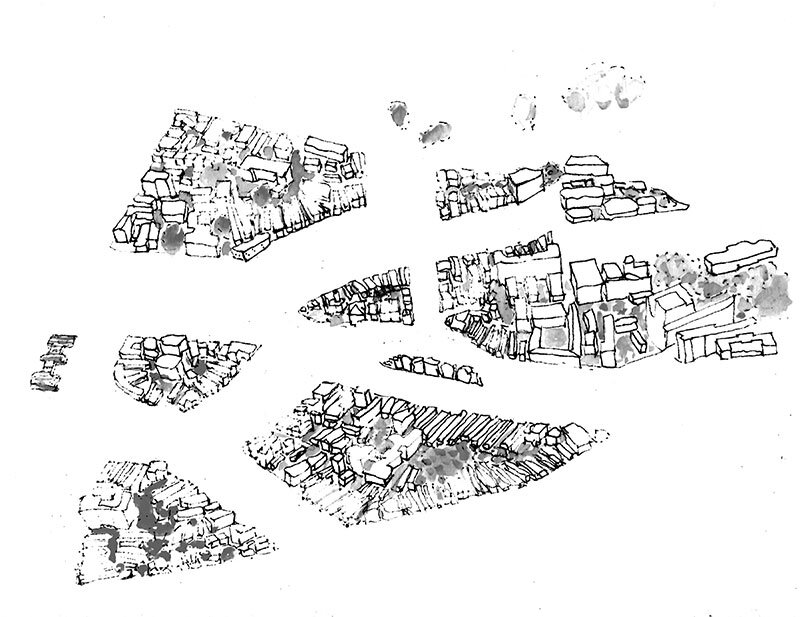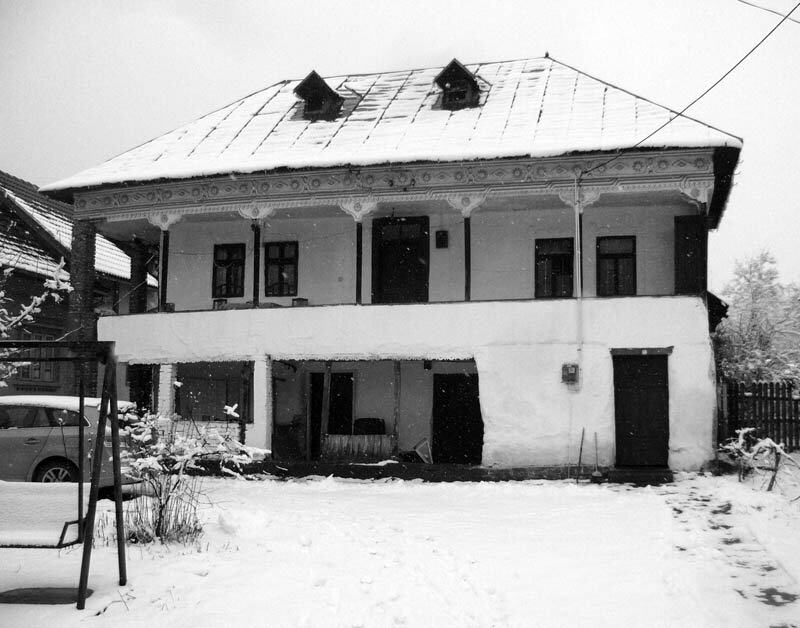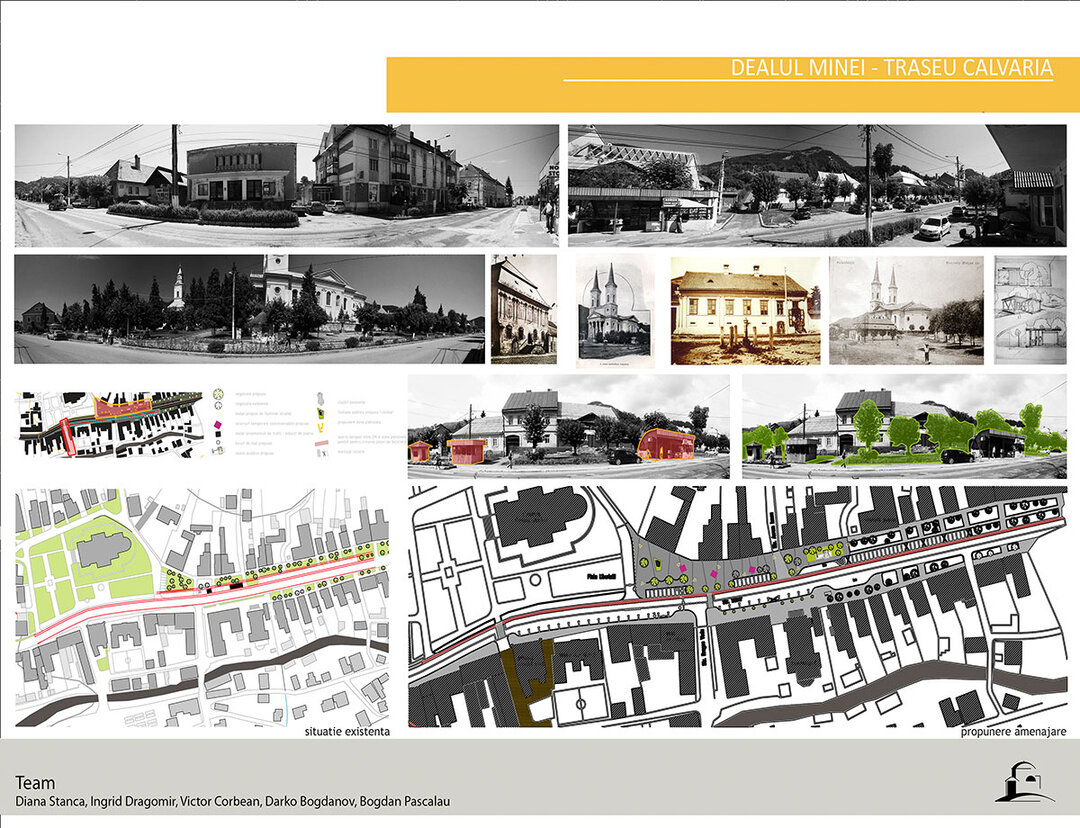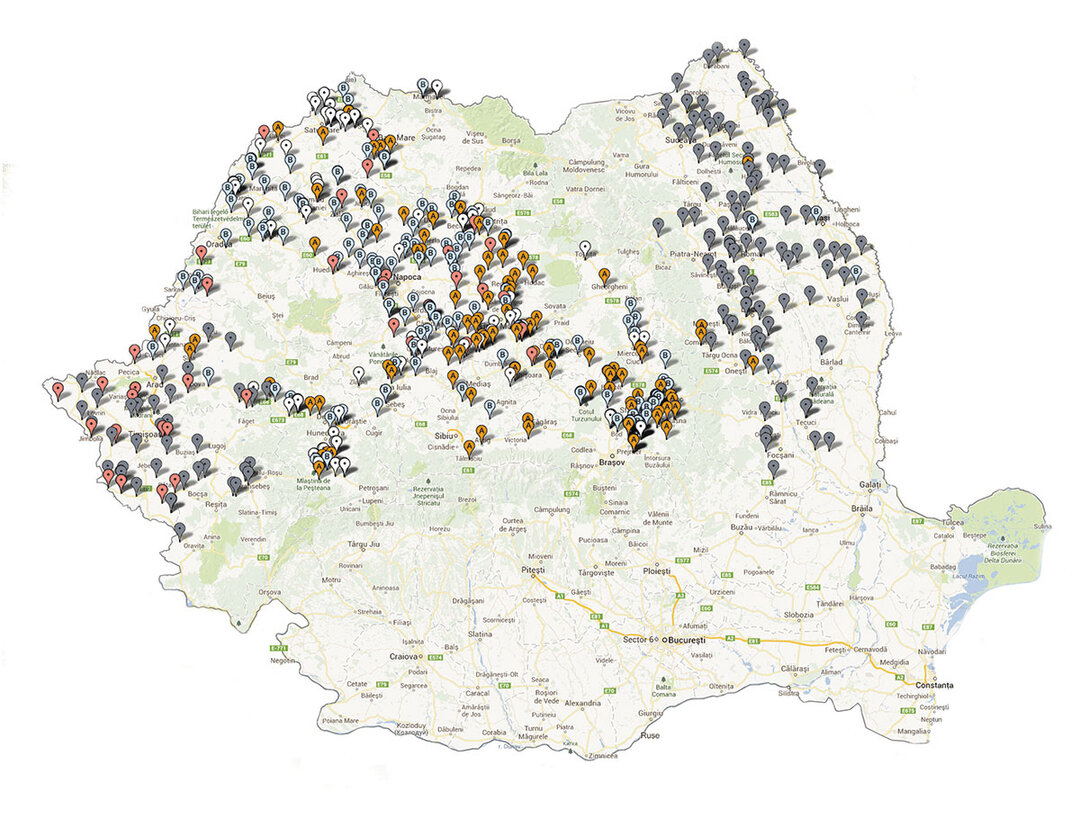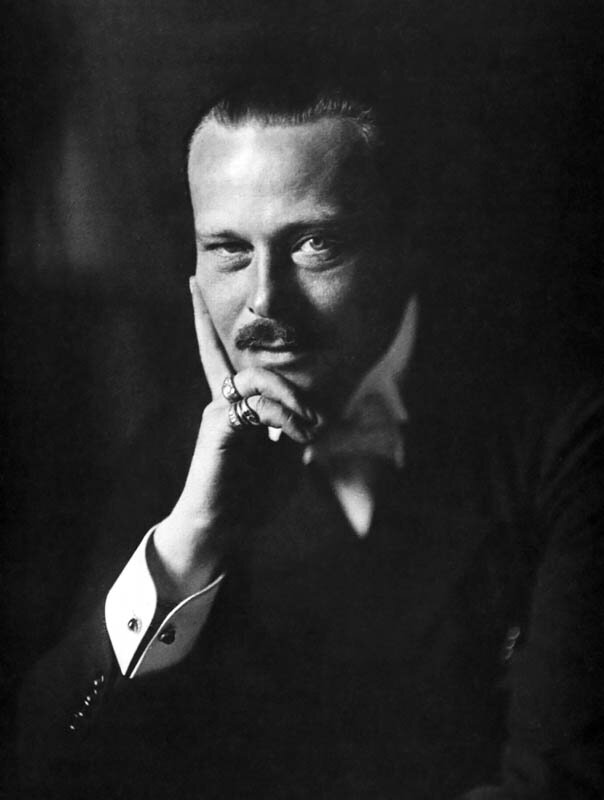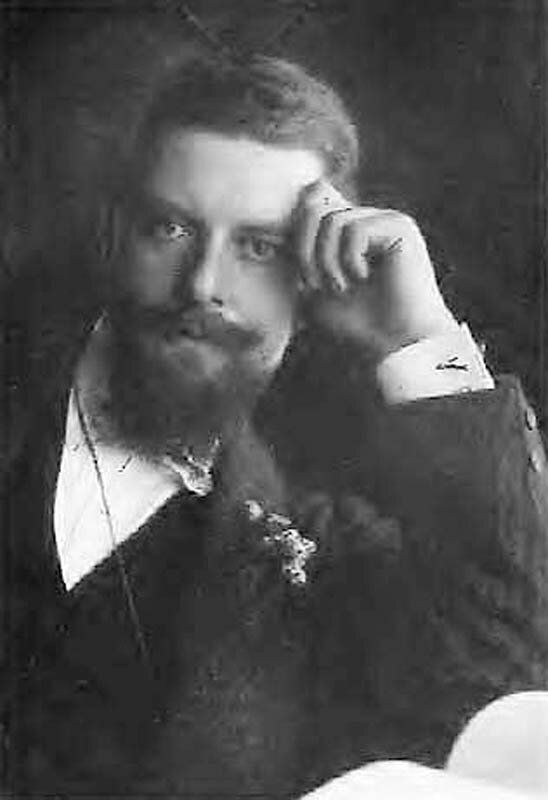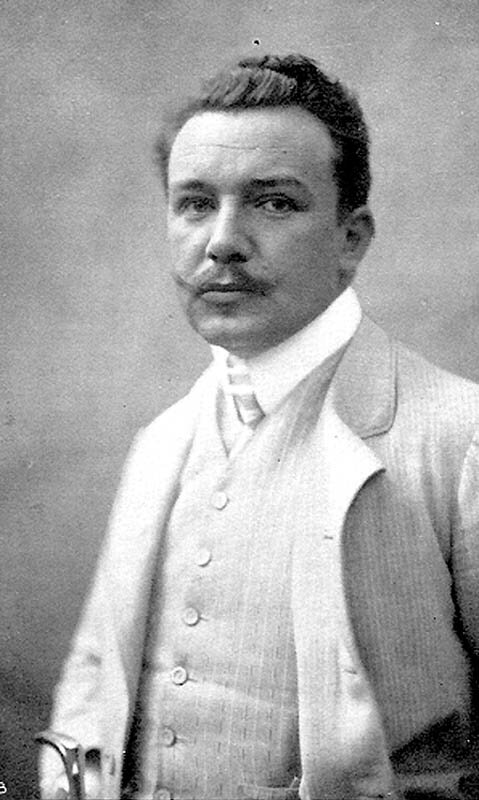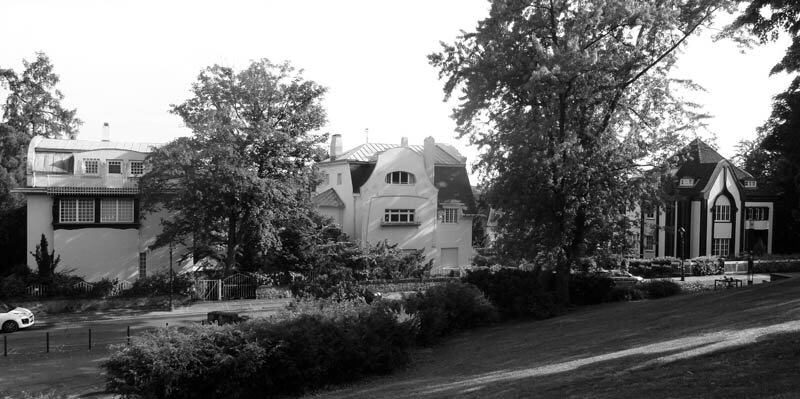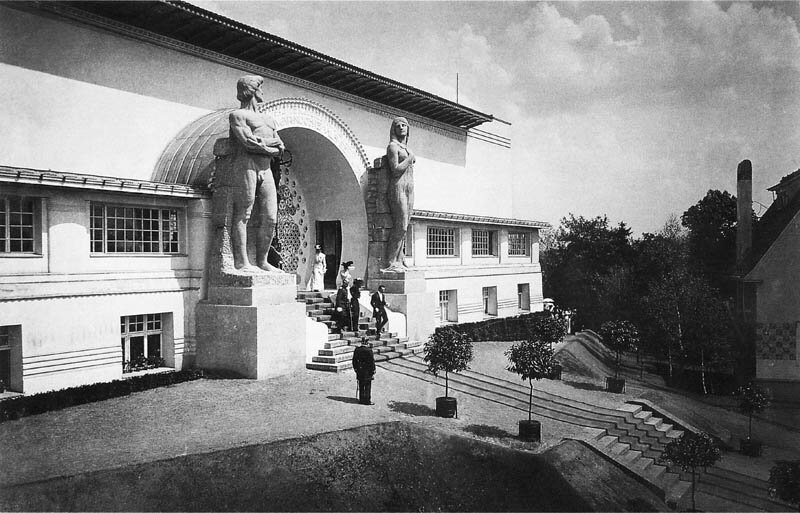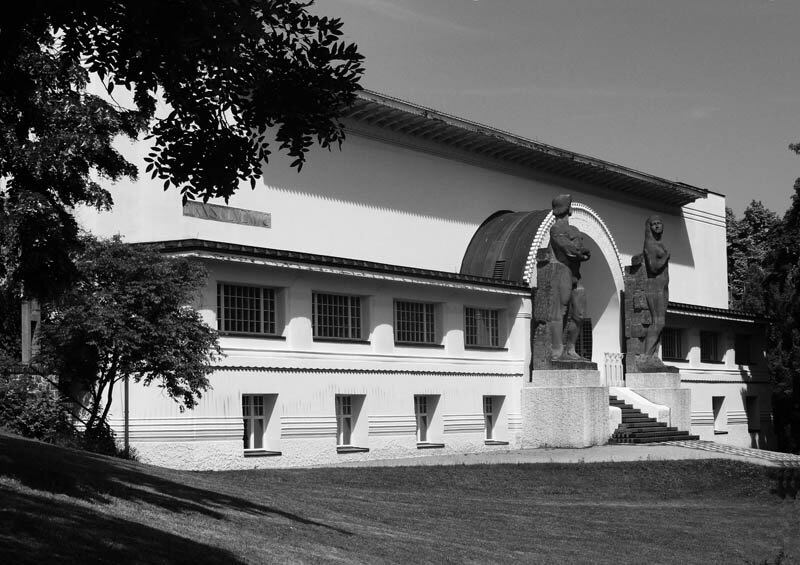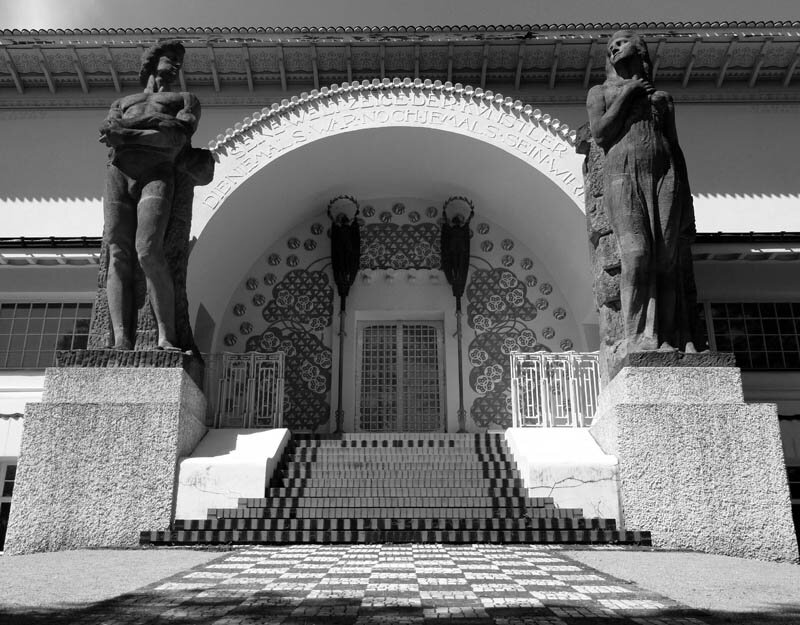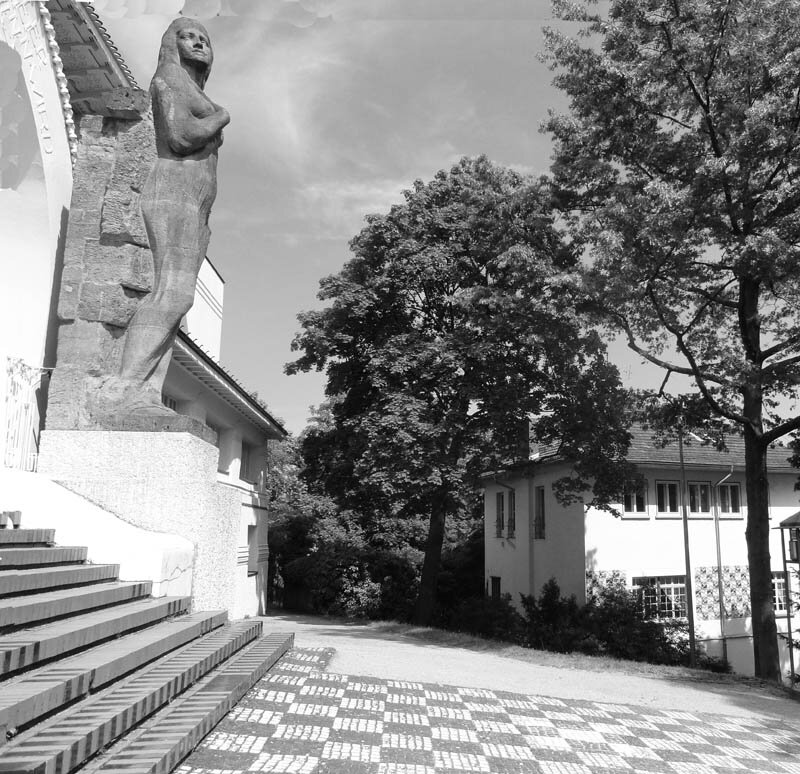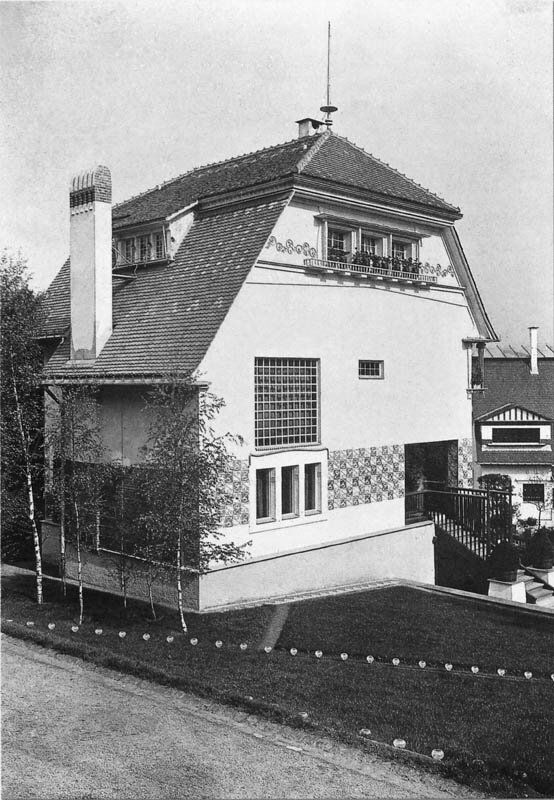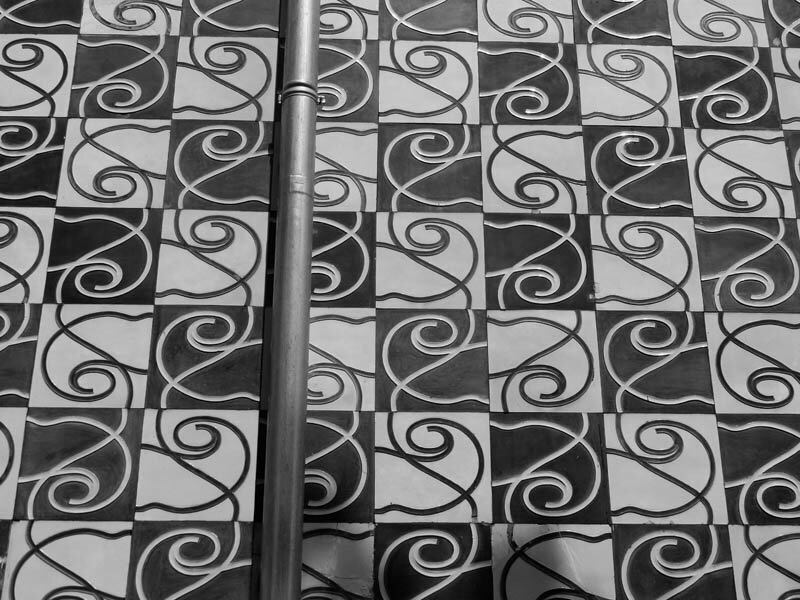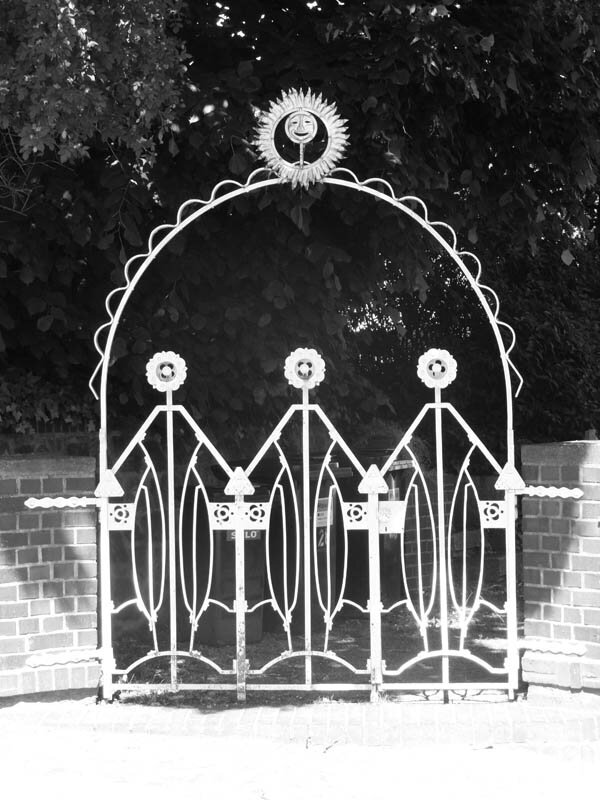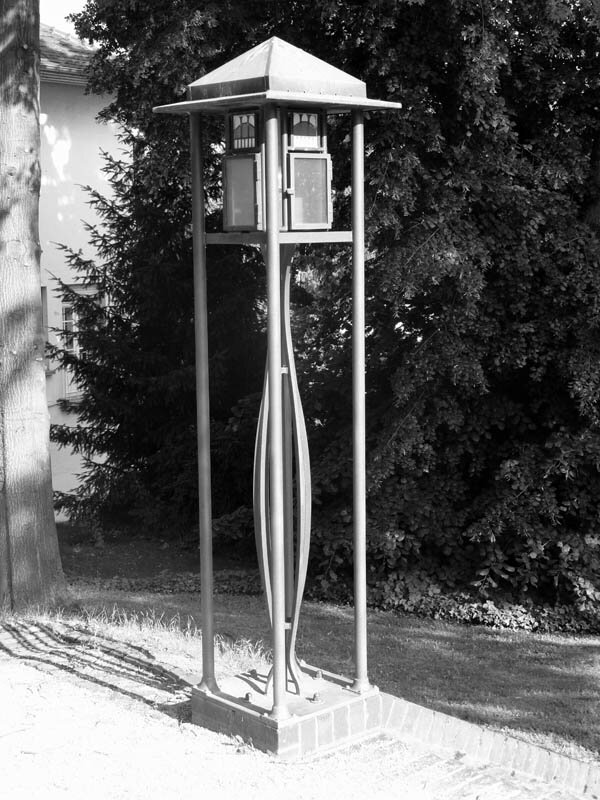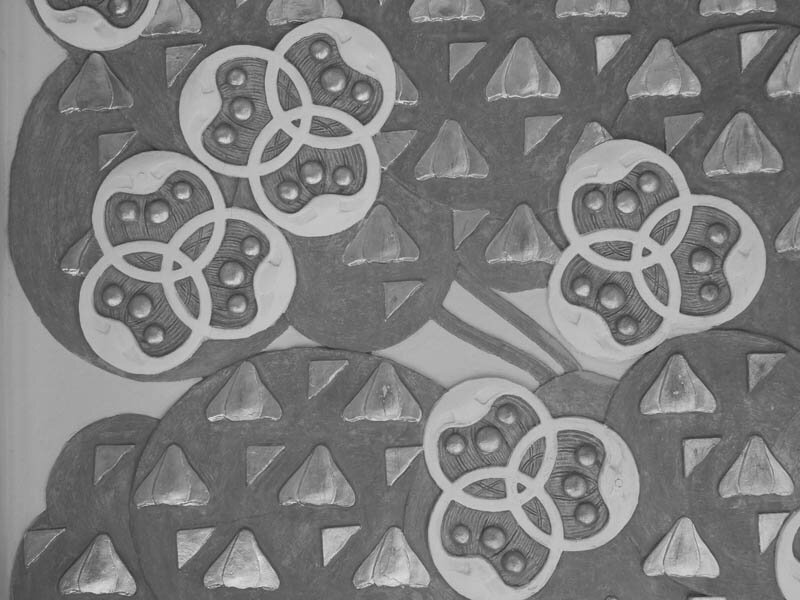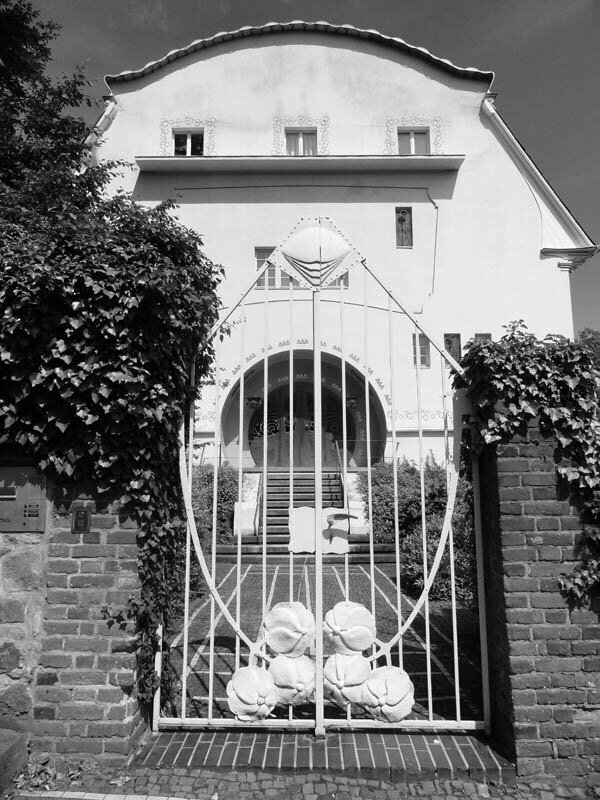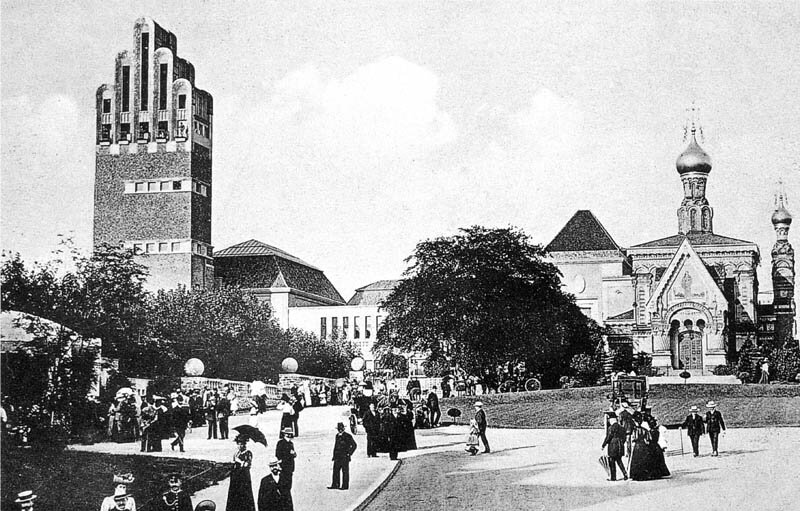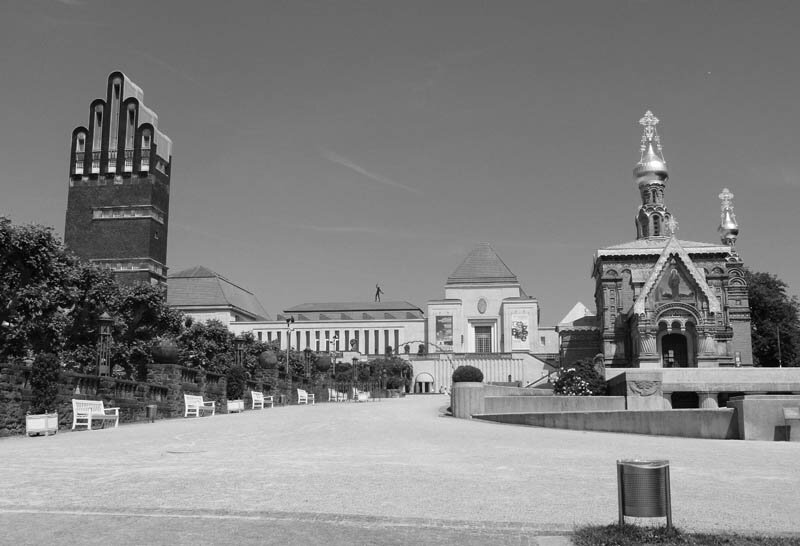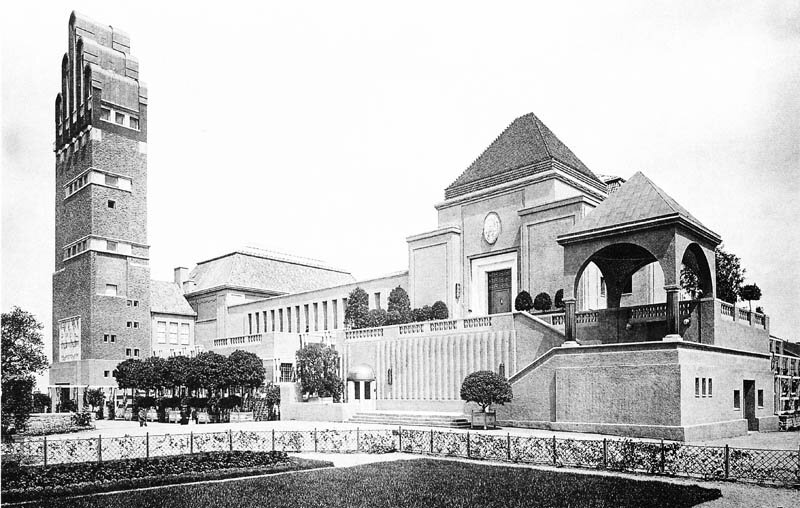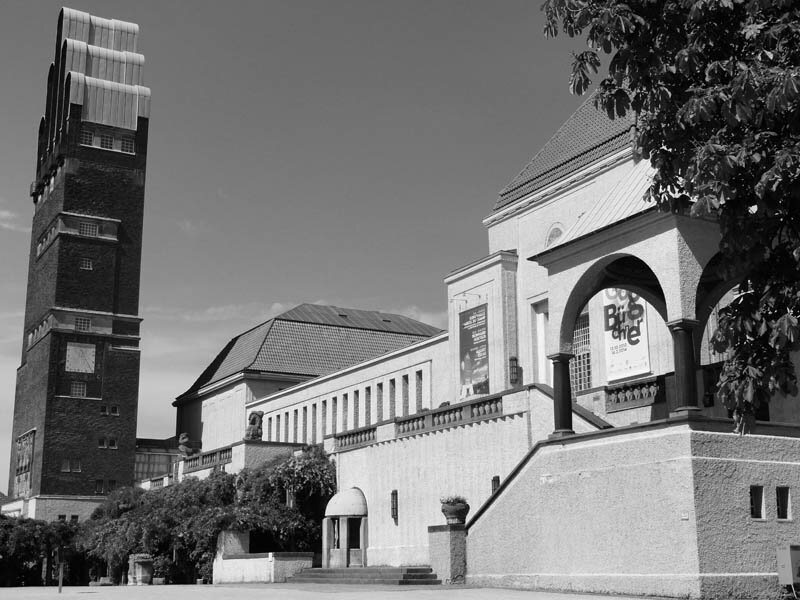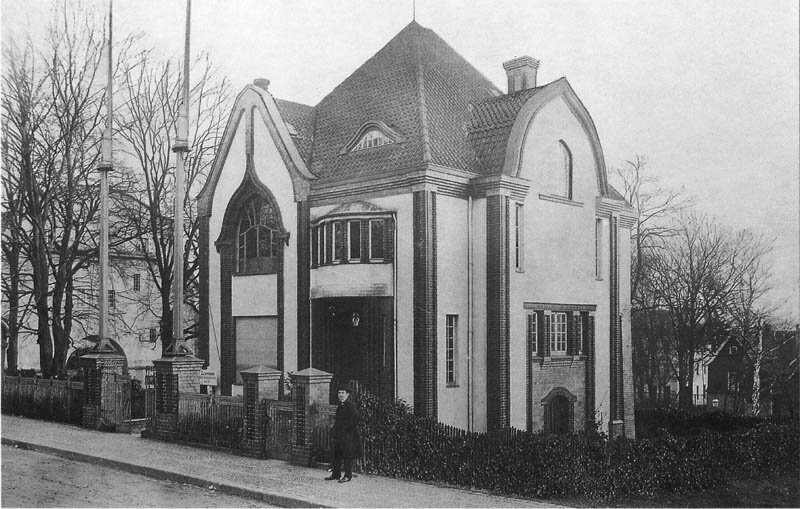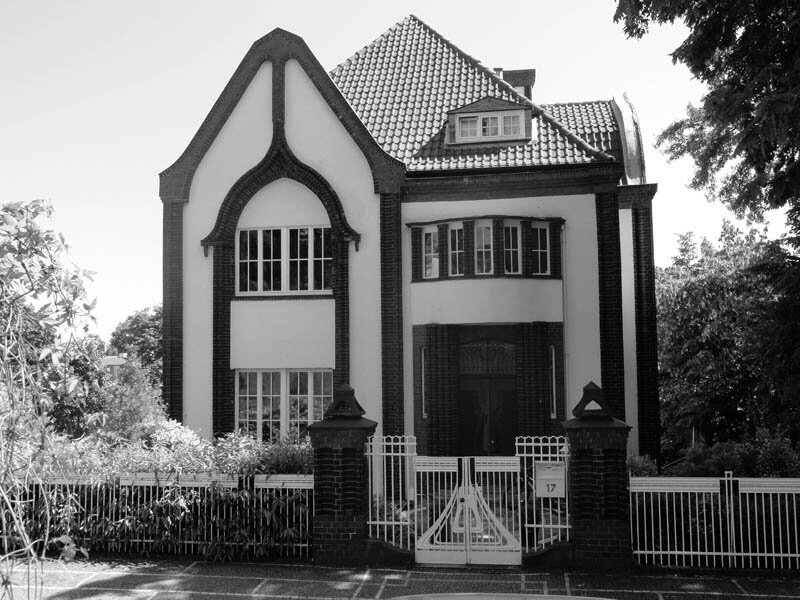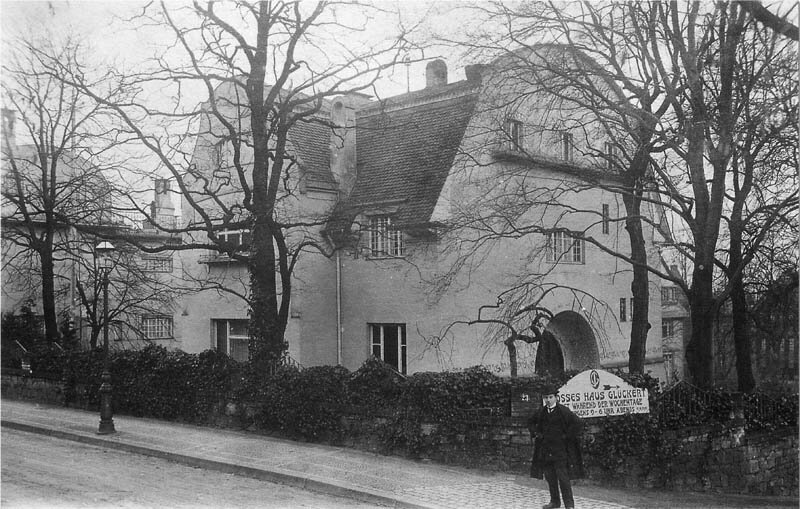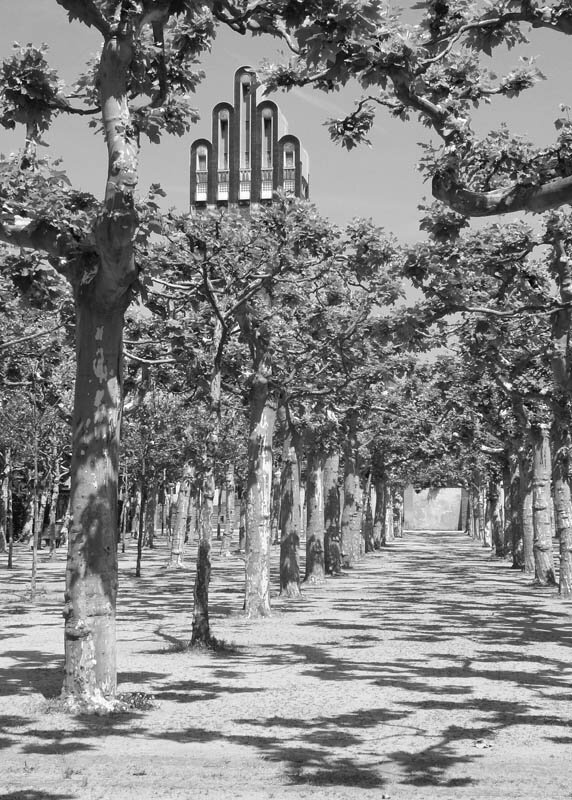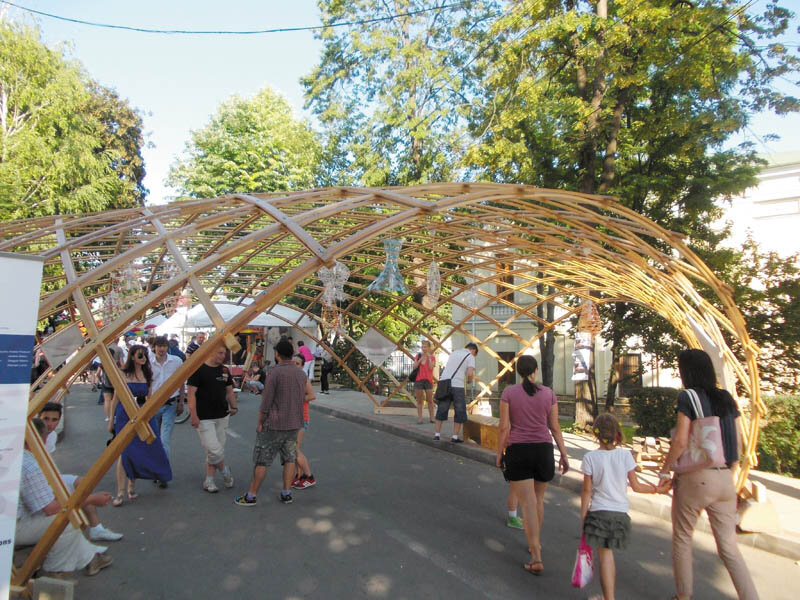
The Olbrich affair. A tale of princesses, death, rebirth and architecture
| "Es war einmal..." is written on the pediment of the little house built for Princess Elisabeth, the seven-year-old daughter of the Grand Duke von Hesse bei Rheinland, in the garden of the Wolfsgarten Palace near Darmstadt. ..."This cottage was built especially for me in 1902 by Mr. Joseph Maria Olbrich.". |
| It was in Jugendstil style, designed for children's play, with a spacious living room and outbuildings equipped with modern furnishings, with interior and exterior fittings designed entirely by the same architect, with pergola, turtle in the garden and golden doves on the fence posts. It was six feet high inside, which, judging by the dimensions at the time, meant a reduction for children of about 60%. One year the girl played there, then died of typhus in 1903, according to the family curse. It was once, then, a noble enlightenment, the last before the Weimar Republic. Ernst Ludwig, Großherzog von Hesse und bei Rhein - Ernie, between you and me - was the nephew of Queen Victoria of Great Britain. It was there, at his grandmother's house, that he first encountered the Arts and Crafts environment as a child. When he was two years old, he met his brother's accidental death while they were playing. When he was ten, his other playmates, his sister and mother, died. Since then, deaths in the family followed him and with them the fear of dying alone. He was a man with a military career and an active life - at one of his divorces he was alleged to have had homosexual relations in his youth. Then, in one way or another, all his children died, in epidemics and accidents. He was a sad man who, in spite of his political power, was only comfortable in the art world. In 1899, the duke initiated a cultural project in Darmstadt on the Mathildenhöhe, a colony of progressive artists who dreamed of reinventing architecture for the people. The only architect among the six celebrated new artists was the young Joseph Maria Olbrich. All of them were to regenerate architecture after breaking with historicism, uniting it with arts and crafts, on the principles of Arts and Crafts and Wiener Secession, to achieve the total work of art. Gesamtkunstwerk was Richard Wagner's term. Combined with technical gains, it was to make people's lives more beautiful, and coupled with modern economic thinking, it was to drive society forward. "Let my state of Hesse flourish, and art in it", said the grand duke. So the event was not only the dream of a new integrated aesthetic, but also a new awareness of architecture with social responsibility. And that made organizing an event with such a theme a political dissidence and an act of courage - even in that quasi-isolation of the provinces. Luckily the emperor had other problems. The first event on the Mathildenhöhe, the 1901 exhibition called "A Document of German Art", was a financial disaster, but a crowning moment for architecture as art and social fact. It catapulted Darmstadt, Jugendstil, Olbrich, free thinking and creation into the limelight. And so Ernie continued to invest loserly and nobly disinterestedly in that future in which they all believed. A splendid variant of modernity was born there. After an intense ten-year career, Olbrich died of galloping leukemia at the age of 40, three weeks after the birth of his first daughter. And Ernst Ludwig's loved ones continued to die. His famous sisters also died (sad celebrity!): Alix von Hesse, who became Tsarina Alexandra Feodorovna, shot with her Nicki and all their children at Yekaterinenburg, and Elisabeth von Hesse, also a Feodorovna Romanov by marriage, buried alive, also by the Bolsheviks, in 1918. (Before she died in the grave, she managed to bandage her little boy's head wound.) Also in 1918, the Weimar government abolished Ernst Ludwig's title of nobility. He survived all this and died in 1937. Alone. |
| Read the full text in Arhitectura 4/2013 |
| "Es war einmal...", says the gable of the little house built for Princess Elisabeth, the seven year old girl of the Grand Duke von Hesse bei Rheinland, in the garden of the Wolfsgarten Palace, near Darmstadt. ... "A little house built just for me in 1902 by Mr. Joseph Maria Olbrich." |
| It was in the Jugendstil manner, especially conceived for children's play, with a spacious parlor and modernly equipped appurtenances, with interior and exterior arrangements conceived in full by the same architect, with a pergola, a turtle in the garden and golden pigeons on the fence pillars. It had a height of 1.90 m indoors, which meant, according to the measurements then applicable, a reduction for children to approximately 60%. The girl played there only a year, then she died of typhus, in 1903, fulfilling the family curse. So, once upon a time there was an open-minded, illustrious aristocrat, the last before the Weimar Republic. Ernst Ludwig, Großherzog von Hesse und bei Rhein - Ernie, between us - was the nephew of Queen Victoria of Great Britain. There, at his grandmother's, he became acquainted since early childhood with the environment generated by Arts and Crafts. When he was two years old he first encountered death when his brother accidentally died while playing. When he was ten other play partners of his died, along with his sister and his mother. Since then, deaths in the family followed him all of his life, along with the fear of dying alone. He was a military man with an active life - in fact, upon one of his divorces, some homosexual relationships from his youth were invoked. He was a sad man who, despite his political power, only felt well in the world of art. In 1899, the duke initiated at Darmstadt, on Mathildenhöhe, a cultural project, a colony of progressive artists who dreamt of reinventing architecture for people. The only architect among the six celebrities of the new art was the young Joseph Maria Olbrich. They were all to regenerate architecture after the split from historicism, by uniting it with the arts and the crafts, in line with the principles of Arts and Crafts and Wiener Secession, in order to reach the total art work. Gesamtkunstwerk was Richard Wagner's term. Associated with the technical gains, it was to make people's lives more beautiful and associated with a modern economic thinking, it was to drive society onward. "Let my land Hesse flourish, and let art grow and develop in it", the grand duke had said. Therefore, the event did not amount amount only to the dream of a new, integrated aesthetic, but to a new architectural conscience, with an assumed social responsibility. And thanks to this, the organization of an event with such a theme constituted an act of political dissidence and an act of courage, including in that provincial quasi-isolation. Luckily, the emperor had other problems on his mind. The first event on Mathildenhöhe, the exhibition from 1901, entitled "A Document of German Art", was a financial disaster, but a moment of glory for architecture as art and social fact. It suddenly put Darmstadt, Jugendstil, Olbrich, free thinking and free creation in the limelight. So Ernie continued to invest nobly, like a true aristocrat who disregards his losses, in that future in which they all believed. Thus, a splendid version of modernity took shape there. After ten years of intense career, Olbrich died of acute leukemia, at the age of 40, three weeks after the birth of his first baby girl. All of Ernst Ludwig's close relatives continued to die, too. In fact, his famous sisters (sad fame!) also died: Alix von Hesse, which had become czarina Alexandra Feodorovna, was shot with her Nicki and all their children at Yekaterinburg, and Elisabeth von Hesse, also a Feodorovna Romanov by marriage, was buried alive by the Bolsheviks in 1918. (Before she died, in her grave, she still managed to bandage her son's head wound). In the same year 1918, the Weimar government abolished Ernst Ludwig's noble title. He survived all these events and died in 1937. Alone. |
| Read the full text in the print magazine. |


